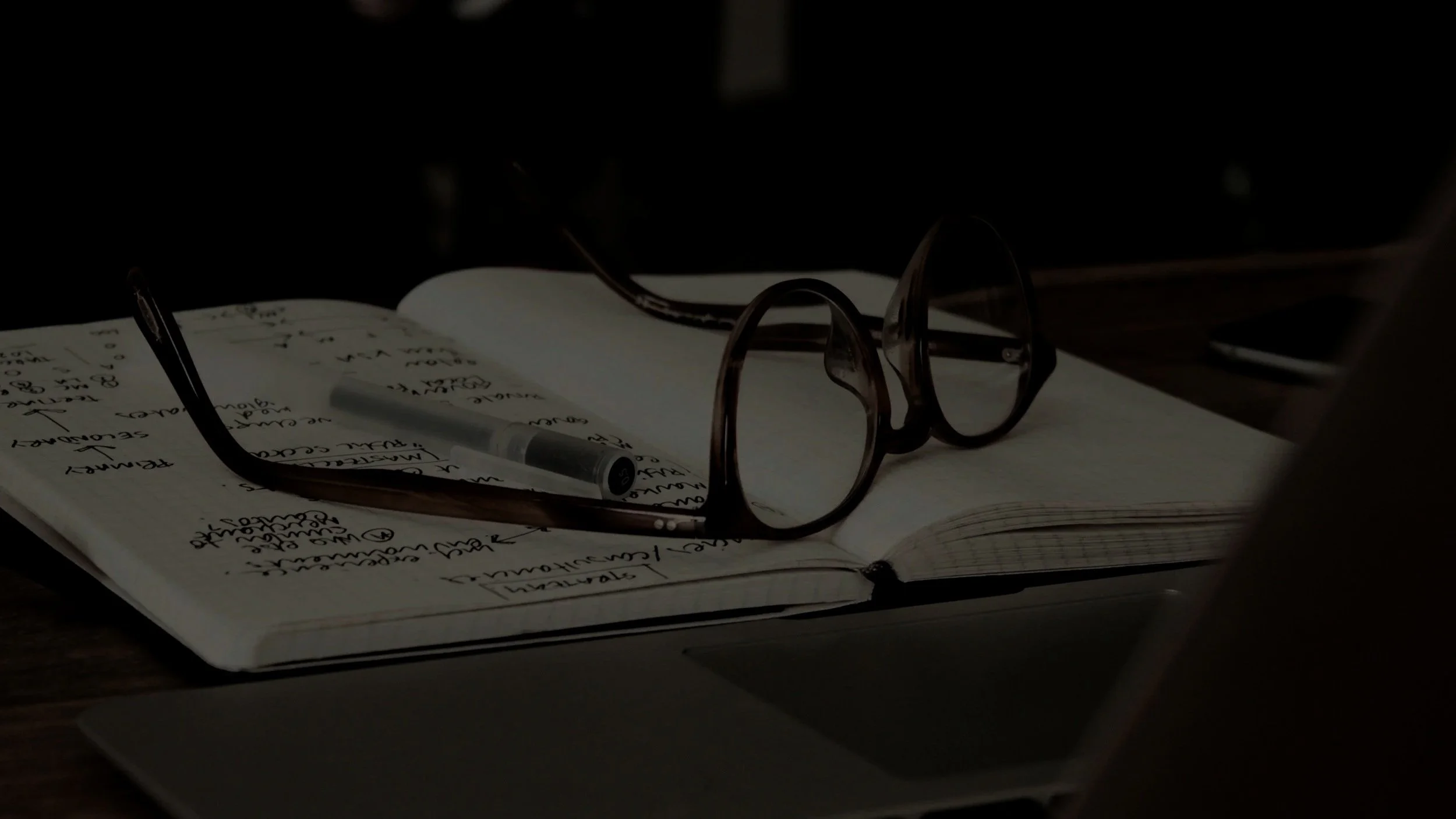
Our singular focus and mastery: The Nose and Face.
Exclusively. Intentionally. Exceptionally.

NYC Rhinoplasty & Facelift Surgery Dr. Masoud Saman
Our focus is purposefully narrow.
We offer only a few facial procedures, each performed at the highest level.
We offer a curated experience in facial plastic surgery, specializing exclusively in the nose and face. From the first consultation to the final result, every detail is meticulously designed to reflect our commitment to precision, artistry, and your individual needs. We purposefully limit our scope to achieve unparalleled excellence. This is not a one-size-fits-all approach. It's a dedication to deeply personalized, world-class outcomes, delivered with the utmost discretion, comfort, and expertise. This is for those who appreciate the difference.
What to Expect
Beginning with a discreet and thoughtful consultation, extending through our dedicated long-term follow-up, your experience is inherently private and profoundly personalized. We commence by intently understanding your objectives, allowing them to guide the creation of your individualized plan. Our surgical approach emphasizes exacting precision and purposeful restraint. During recovery, expect attentive, hands-on support. We are guided by the principle that enduring, exceptional results are the direct outcome of an intentional and refined process.
An Elevated Experience
We consider facial surgery a confluence of scientific precision and artistic mastery. Enhancing your features transcends mere technique; it's about restoring inherent confidence, articulating your unique identity, and elevating your presence in the world. Every facet, from the instruments selected to the nuanced guidance of each conversation, is orchestrated to create an experience as refined as the transformative result. This is not formulaic intervention; it is a bespoke journey for those who appreciate the art of subtle enhancement.
Signature Procedures
-

Ultrasonic Rhinoplasty
Experience the future of rhinoplasty in New York City. Ultrasonic rhinoplasty uses advanced technology to sculpt with precision and control, refining the nose without breaking the bones. This modern approach allows our Manhattan rhinoplasty surgeon to create elegant, natural results tailored to your unique facial structure. Whether subtle refinement or a striking transformation, ultrasonic rhinoplasty delivers harmony, balance, and luxury outcomes that set a new standard in nasal surgery.
-

Undetectable Face Lift
We are in the modern era of facelifting, where the results are refined, natural, and truly undetectable. Today’s patients no longer wait until aging becomes advanced—more and more people choose this procedure earlier, enjoying the benefits of rejuvenation while maintaining their natural beauty. Our undetectable face lift in Manhattan restores youthful volume, softens heaviness, and redefines the jawline with flawless precision. The outcome is not tight or obvious, but quietly transformational, allowing you to look refreshed, elegant, and timeless for years to come.
-

Revision Rhinoplasty
Revision rhinoplasty is one of the most complex and delicate procedures in plastic surgery, requiring artistry, restraint, and extensive experience. As a world-renowned rhinoplasty specialist in New York City, Dr. Saman refines what was missed, restores balance, and corrects functional or aesthetic concerns from previous surgeries. Each revision is personalized with meticulous precision, ensuring natural, elegant, and life-changing results. Patients from across the globe seek his expertise for revision rhinoplasty in Manhattan.
-

Bespoke Lip Lift
A lip lift is one of the most refined procedures to enhance facial balance and youthful expression. Our NYC lip lift technique shortens the upper lip, improves midface proportions, and reveals natural fullness with sophisticated precision. Performed by a leading Manhattan facial plastic surgeon, the procedure delivers timeless harmony and an imperceptible scar. Patients seeking elegance, balance, and natural rejuvenation choose our New York practice for world-class lip lift results.
The Atelier
Underpinning every aesthetic achievement is a rigorous method, a focused and composed atmosphere, and a deeply ingrained ethos of excellence. Our operating environment is purpose-designed and meticulously appointed for facial surgery of the highest caliber. From the specialized instruments and advanced technological resources to the premium sutures and precisely controlled lighting, every detail has been thoughtfully selected for optimal precision, safety, and performance. Our team is a carefully assembled collective of seasoned, dedicated professionals, unified in their purpose.
Nothing is arbitrary; everything reflects deliberate intent.
Purpose-Built
Rigorously Vetted and Trained Staff
State-of-the-Art Tech and Equipment

Ramona.
Still herself. Just a better nose.

Ready for a Consultation?
Same price. Two tailored experiences.
Priority Booking (Immediate)
For those ready to move forward, this option offers elevated access to our earliest available appointments. It’s the most seamless way to secure your preferred time with a confirmed booking.
Simply submit your request and complete payment to lock in your consultation. Our team will follow up promptly to finalize details and ensure a smooth experience from the start.
Prefer to connect with our team first? Choose this option if you'd like us to personally reach out, answer your questions, and guide you through scheduling at your convenience.
Standard Request
Scientific Research Links

“I was ready to fly to Turkey for the look I wanted, but then I found Dr. Saman. He gave me that refined European style I loved, with the comfort and safety of staying right here in the U.S.”
— LUISA G.

































